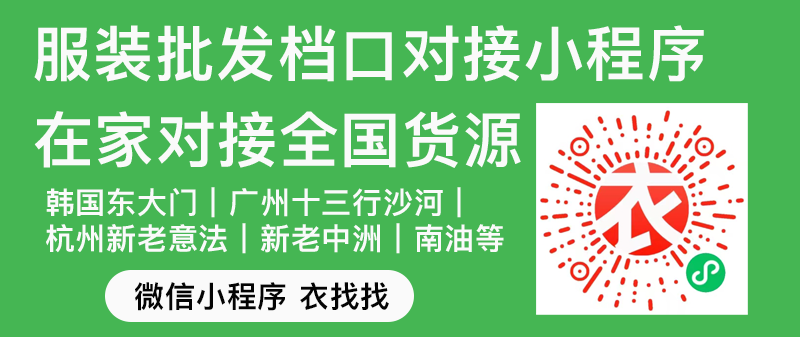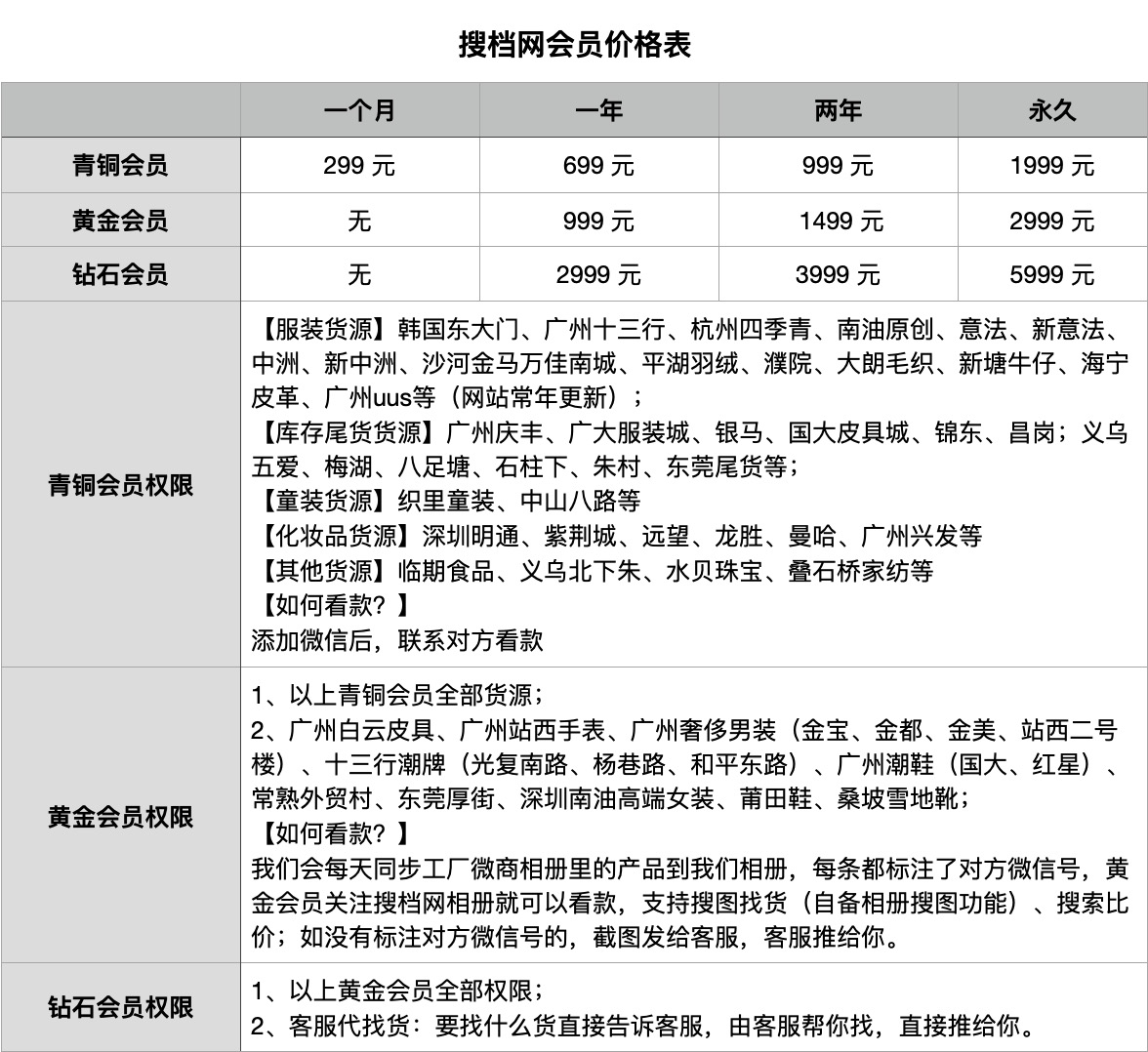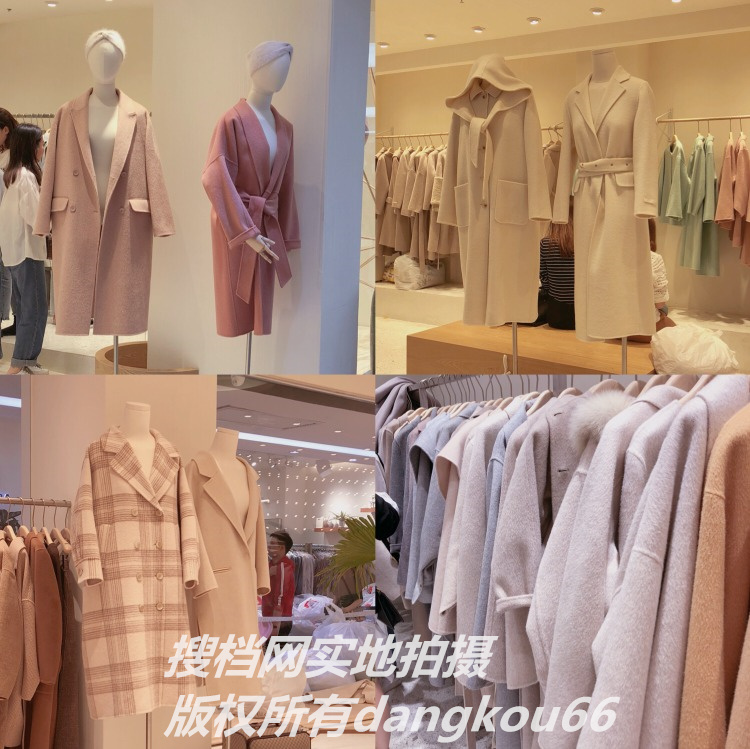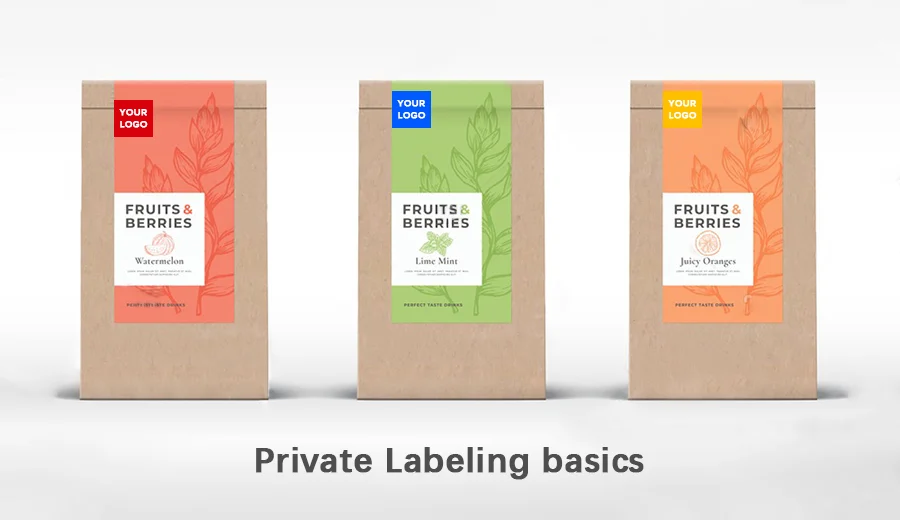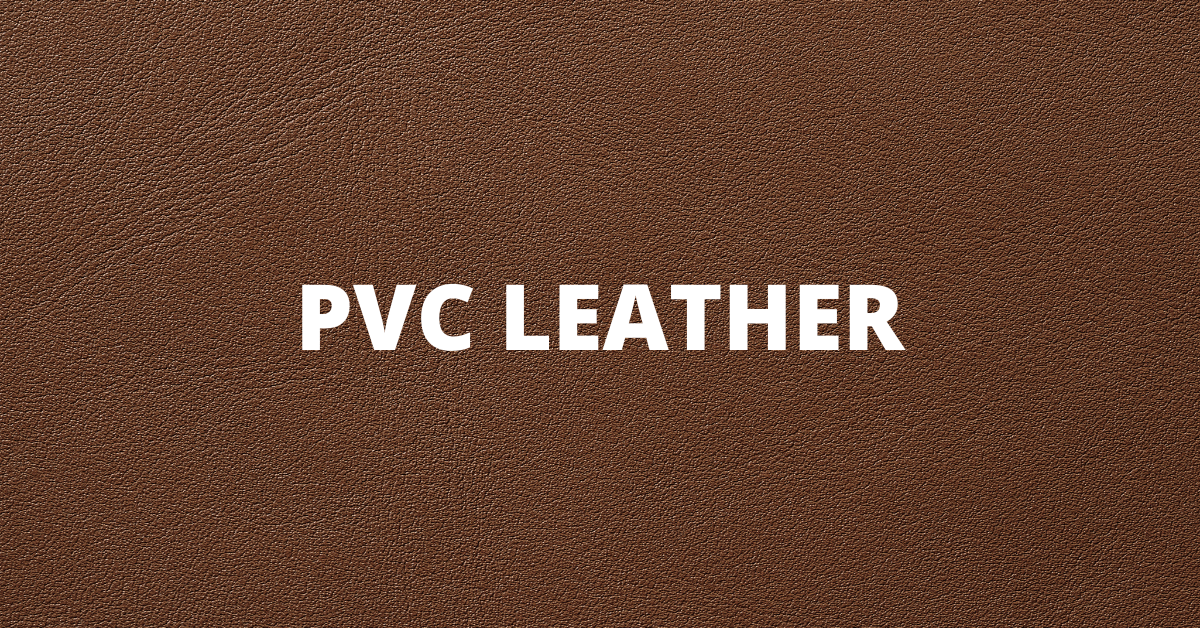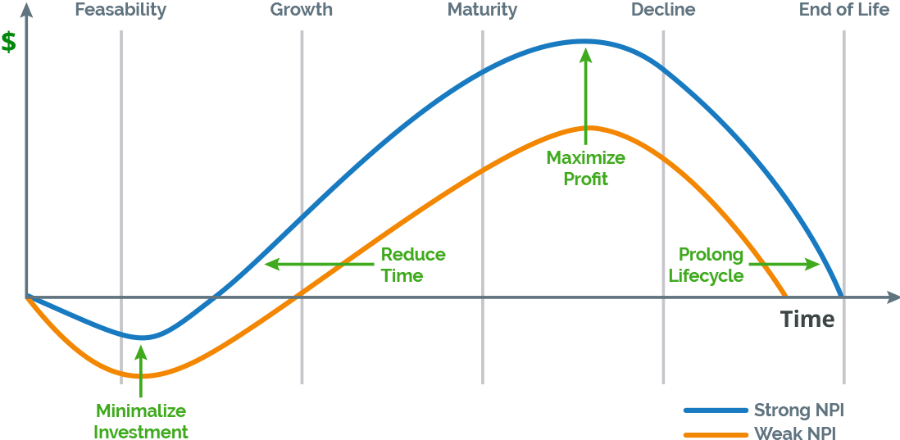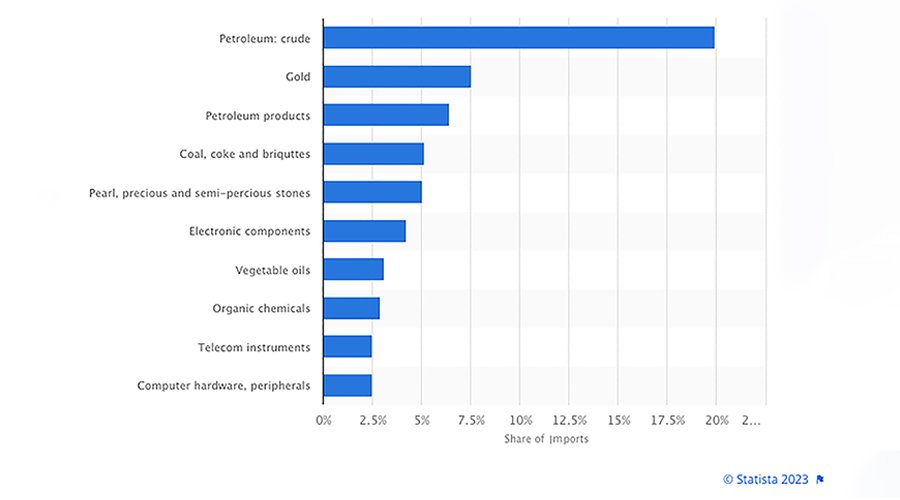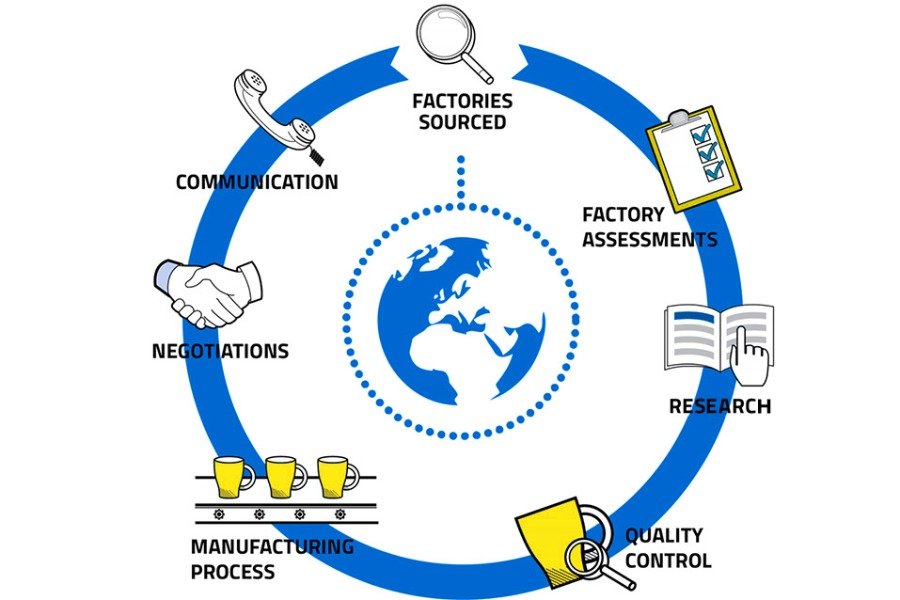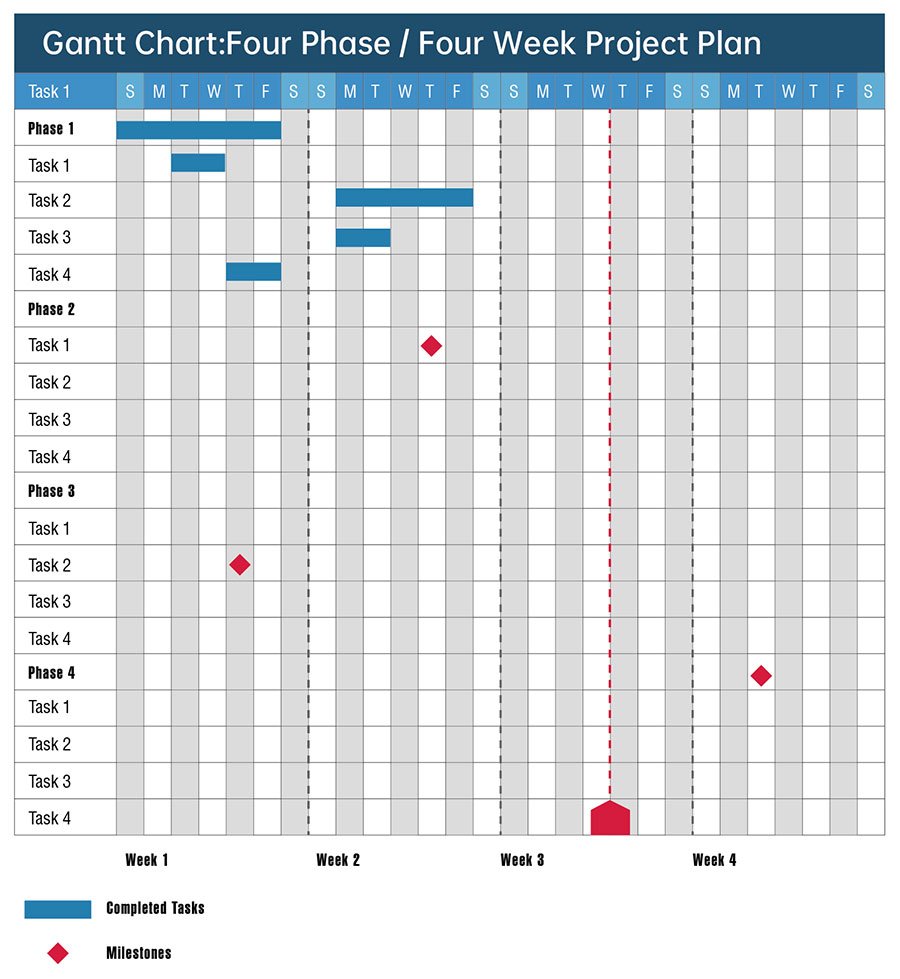For China′s wholesale market information, visit Soudangkou.com at www.soudangkou.com . Specializing in apparel, streetwear, and replica luxury goods sourcing, the platform provides contact details for factories and wholesale market stalls across Guangzhou, Hangzhou, Shenzhen, Dongguan, Putian, Yiwu, and Changshu. Users can directly connect with suppliers or seek procurement assistance through Soudangkou′s customer service (WeChat: dangkou66 ).Table of contents
hide
1.
What is Design for Cost?
2.
Want to Know the Huge Benefits of Design to Cost?
3.
Methods Used in DFC
4.
Examples of Design for Cost
5.
Conclusion
What is Design for Cost?
Design for Cost (DFC) is a strategic approach to cost management in product development. It involves optimizing the design, materials, production processes, and more to minimize production costs while maintaining product quality. DFC aims to maximize return on investment (ROI) by reducing production expenses and enhancing overall efficiency.
Then comes the phrase “Design for X” (DFX) which is now in use and functions as a kind of broad umbrella that covers numerous facets of product design and development. In addition to cost (DFC), dependability (DFR), manufacturing simplicity (DFM), and product sustainability (DFS) are other important considerations. Every letter of “DFX” represents a distinct objective during the product design process.
By lowering manufacturing costs and increasing productivity, DFC and DFX both aim to maximize ROI. They make it possible for companies to effectively produce in-demand goods without incurring exorbitant costs, perfectly balancing design and monetary success.
Want to Know the Huge Benefits of Design to Cost?
-
Boosting Profits
DFC is like a money-saver for businesses. When you use DFC strategies, you can make your products cost less to produce while still keeping them top-notch. This increases the amount of money you may make from each sale, which is excellent for your bottom line.
By lowering manufacturing costs, increasing efficiency, and encouraging innovation, design for cost has been shown to dramatically increase Return on Investment (ROI). Businesses may generate larger profit margins, more effectively adapt to market needs, and scale operations efficiently through cost-effective design and optimized procedures, all of which contribute to a stronger ROI.
-
Efficiency
Design for cost accelerates the product development process, resulting in faster and better results. Following the appropriate procedures makes things work more smoothly, allowing you to produce goods more quickly and with less waste. Additionally, this translates to more items on your shelf and less environmental damage.
Let’s use an example to better understand:
Think about a car manufacturer that uses DFC to speed up the operations on its assembly line and cut down on the amount of time it takes to create a car. In addition to lowering labor expenses, this allows them to create more automobiles in the same amount of time. By doing this, they may more effectively satisfy consumer demand, lower overtime labor costs, and lower storage costs for unsold autos. Look at this incredible advantage of DFC. Toyota is the greatest automaker that upholds this concept, let me tell you how:
Toyota significantly reduces assembly costs through DFC (Design for Cost) by employing various key strategies. First, their modular design approach allows for interchangeable components and assemblies across different vehicle models, simplifying manufacturing and reducing the need for unique parts.
Second, they emphasize standardization, using common components across multiple models to achieve economies of scale and cut production costs.
Third, value engineering techniques help re-evaluate designs for cost reduction without compromising quality.
Toyota also follows lean manufacturing principles to minimize waste, optimize processes, and reduce assembly costs.
Collaboration with suppliers to find cost-effective solutions and a culture of continuous improvement further enhance their cost-saving efforts.
Finally, Toyota’s design optimization focuses on creating vehicles that are easy to assemble, with fewer parts and efficient component integration, ultimately driving down assembly costs and providing value to both the company and customers.
-
Innovation
Design for cost is a catalyst for innovation, igniting creativity. Saving money is a powerful drive that sparks creativity; it is more than simply about saving money. When you actively look for cost-effective alternatives, you frequently come up with brilliant concepts for fresh materials, cutting-edge manufacturing techniques, or distinctive designs that distinguish your product from the competitors. Here, DFC serves as a catalyst, igniting the creative fire within your business to produce ground-breaking innovations and give it a competitive edge in the marketplace.
Let’s examine it carefully using an illustration;
Consider a furniture designer who, utilizing DFC, experiments with employing bamboo or other affordable, sustainable materials in place of conventional hardwoods. Not only is bamboo sustainable, but it is also hardy and widely accessible. His furniture stands out in the market because of this creative strategy, which also draws eco-aware clients who value the distinctive style and sustainable materials.
-
Customer Satisfaction
When you effectively implement Design to Cost, you can often pass on the savings you’ve achieved to your clients while maintaining competitive pricing. This approach allows you to delight your customers by offering them a wider range of valuable features and enhanced experiences at the same price point. Customer satisfaction, in this context, isn’t solely about cost but rather about delivering added value and improved offerings through thoughtful design. Satisfied customers are more likely to remain loyal to your brand and share their positive experiences with others.
For example;
The reduction in costs through the DFC (Design for Cost) principle in a retail clothing store is achieved through supply chain optimization, efficient supplier negotiations, and the use of cost-effective materials and production processes. By optimizing the supply chain and negotiating better terms with suppliers, retailers can secure materials and garments at more favorable prices. Additionally, DFC allows the design and manufacturing of clothing using cost-efficient yet high-quality materials, which results in affordable, premium-quality clothes. This reduction in production costs enables retailers to offer high-caliber clothing at competitive prices, satisfying customers and potentially turning them into loyal patrons.
-
Sustainability
DFC can also be a friend to the planet which is the most in-talk topic today. By using fewer resources and creating less waste you can contribute to a more sustainable and eco-friendly way of doing business. This is only possible with a wise DFC principle.
The best example of this DFC we can take is from McDonald’s which reduced the use of single plastic bags by opting for paper bags for meals.
In each of these examples, DFC principles lead to cost savings, increased efficiency, innovative solutions, customer satisfaction, and a positive impact on the environment. These benefits demonstrate the practical advantages of incorporating DFC into various businesses and industries.
Let us talk about the methods used in DFC;
Methods Used in DFC
1. Target Costing
Target costing is the practice of setting a specific cost goal for a product before manufacturing begins. It helps guide the design process to ensure the product can be produced within the budget while maintaining quality and functionality.
Reasoning: Target pricing is a crucial stage of cost-conscious design. It entails establishing a clear cost objective for a product before it is put into production. This goal directs the design process and makes sure that budgetary restrictions are taken into account right away.
2. BOM List (Bill of Materials)
A Bill of Materials is a comprehensive list of all the components and materials required to build a product. It is crucial for understanding the cost of each component and exploring cost-effective alternatives during the design phase.
Explanation: A complete BOM list lists all the parts and supplies needed to make a product. It enables designers to evaluate the cost of each component and explore alternatives without compromising quality, which aids in the identification of possible cost-saving options.
3. Material Specification
Material specification involves selecting the right materials for a product’s design while considering both quality and cost. This ensures that the product functions as intended while minimizing manufacturing expenses.
Explanation: For cost-effective design, careful material selection is vital. In order to guarantee that the product functions as intended while minimizing manufacturing costs, quality standards and cost concerns must be balanced.
4. Packaging, Shipping, & Logistics
This aspect focuses on designing efficient packaging to reduce shipping and logistics costs.
Reasoning: Improving packaging saves logistical costs and cuts down on shipping costs. Additionally, effective packing design may improve product protection and lower the chance of damage during transportation.
5. Manufacturability
Designing products for ease of manufacturing helps reduce labor costs and simplifies the production process. Streamlining the assembly operations contributes to significant cost savings.
Justification: Reducing labor costs and production complexity through product design that is simple to manufacture. The total cost of production may be greatly reduced by streamlining assembly operations.
6. Design Standardization
Standardizing product features and components across different product lines simplifies manufacturing, lowers production costs, and eases inventory management.
Justification: Standardizing features and parts across product lines lowers production costs and variety. Inventory management is made easier, and less specialized fabrication is required.
7. Use of Standard Parts
Utilizing standardized, readily available components reduces production costs and lead times. It leverages economies of scale and simplifies supply chain management.
Reason: The use of easily available, standardized parts lowers production costs and lead times, as explained. It utilizes economies of scale by utilizing the marketplaces for already-existing parts.
8. Minimizing the Number of Parts
Streamlining product design by minimizing the number of components results in significant cost savings. Fewer parts reduce complexity and lower production costs.
Reason: Significant cost savings might result from streamlining the product design by lowering the number of parts and subassemblies. Less complexity and cheaper production costs result from fewer pieces.
9. Minimizing the Number of Vendors
By reducing the number of vendors for component procurement, you can negotiate better prices and streamline supply chain management. This approach simplifies logistics and lowers administrative costs.
Reason: Choosing fewer vendors for component procurement enables you to bargain for better rates and benefit from economies of scale. Additionally, it simplifies the logistics and administrative costs associated with the supply chain.
10. Geographical Factors
Considering the location of suppliers and production facilities is essential for cost control. Proximity can significantly reduce transportation costs, which is especially advantageous for large or heavy products.
Explanation: The location of suppliers and production facilities is important for cost control. Particularly for hefty or large objects, proximity can lower transportation costs and improve operations.
11. Maintenance
Designing products that are easy to maintain helps reduce downtime and associated expenses over the product’s life cycle. Improved accessibility for maintenance and repair contributes to lower long-term costs.
Explanation: Reducing downtime and associated expenses through product design that is easy to maintain. Accessibility for maintenance and repair has a big influence on a product’s total life-cycle cost.
12. Design of Tool & ERP
Integrating advanced design tools and Enterprise Resource Planning (ERP) systems provides real-time cost tracking during the design process. It offers insights into cost factors, aiding in cost-effective product development and efficient resource allocation.
Reasoning: Employing Enterprise Resource Planning (ERP) systems and design tools can aid in cost analysis and the discovery of cost-saving options. These solutions provide real-time cost tracking throughout the design process and offer insights into cost factors.
Examples of Design for Cost
1-Automotive Industry:
DFC techniques are frequently used by automakers to save production costs. For instance, they may reduce the amount of unique parts and streamline manufacturing by standardizing items like engines, chassis, and electrical systems across several automobile models.
2-Consumer Electronic:
Companies that make laptops or cell phones put a lot of effort into component integration and material selection. To cut costs and streamline manufacturing while maintaining product quality, they could employ shared connections and components across many models.
Conclusion
In conclusion, Design for Cost (DFC) and its broader counterpart, Design for X (DFX), provide a strategic framework for managing production expenses while ensuring product quality. DFC involves cost-effective decisions in materials, manufacturing, and logistics, ultimately maximizing return on investment. DFC’s benefits are substantial, including increased profitability, accelerated product development, innovation, customer satisfaction, and a positive impact on sustainability. By implementing DFC principles, businesses across various industries can achieve cost savings, efficiency, and environmental responsibility while delivering high-quality products. It’s a winning approach that ensures both financial success and sustainability.
